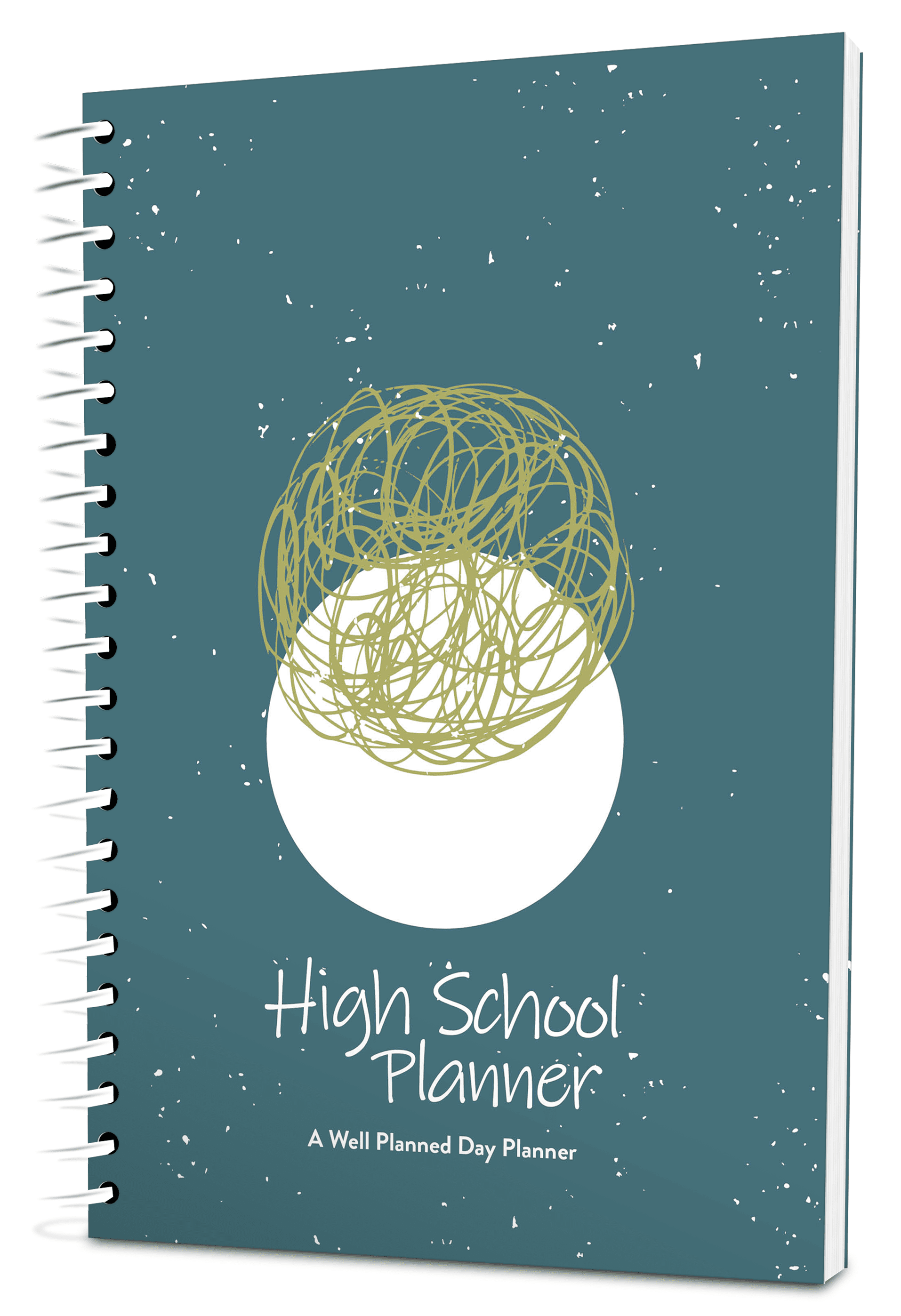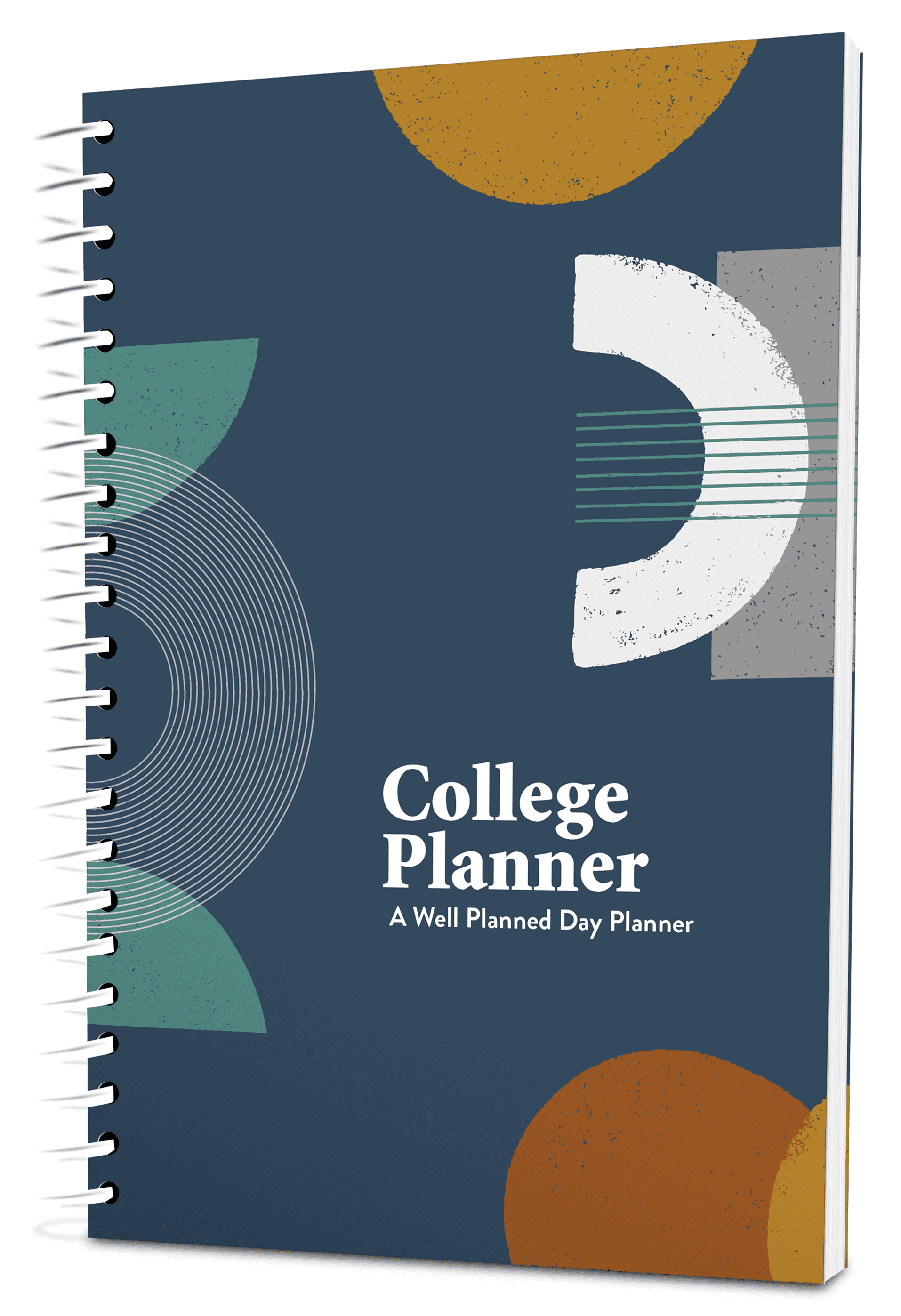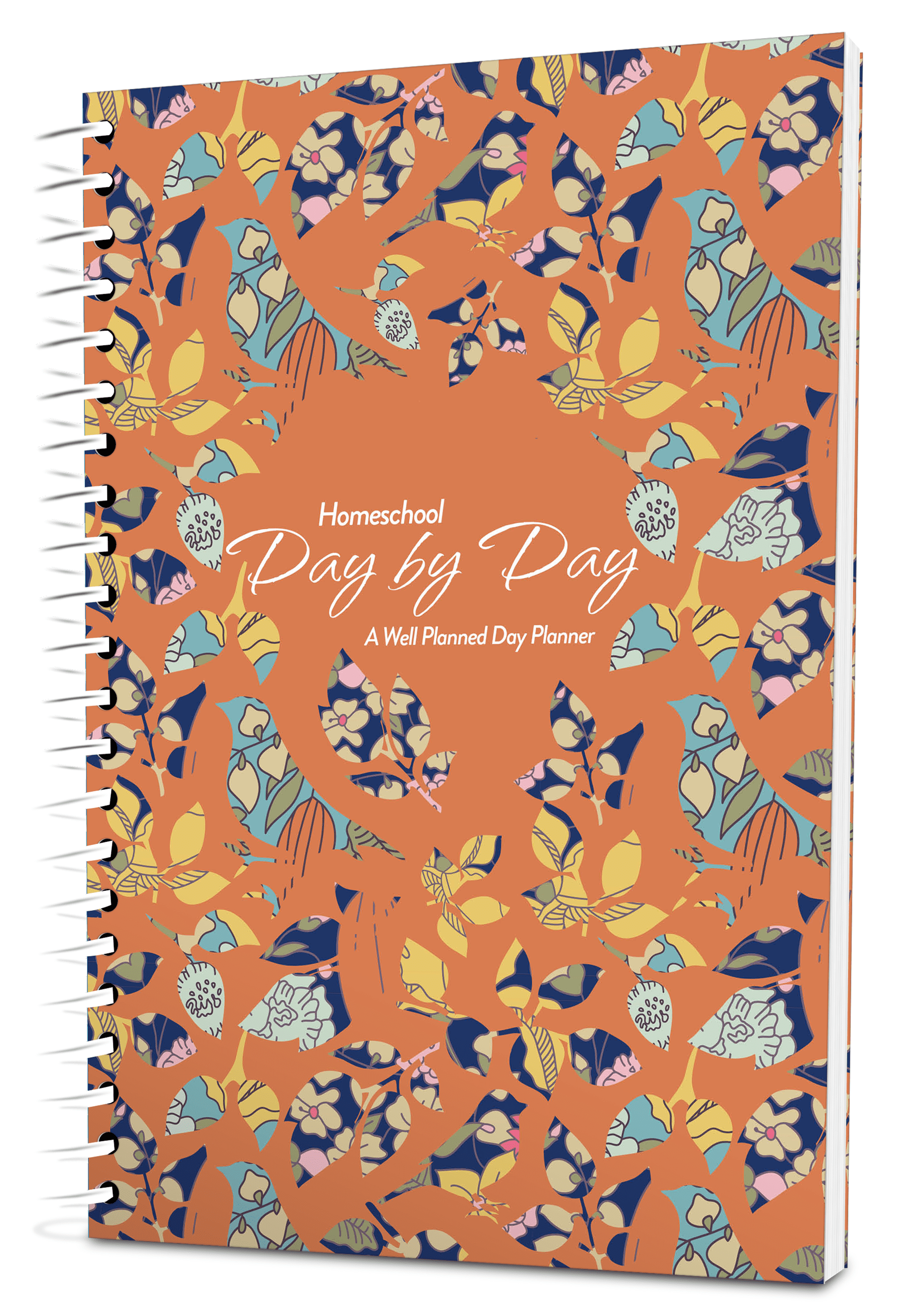What has impacted your decision-making regarding when to teach multiple ages together and when to separate them? What has worked for you? How and why? Does it change over time and with the ages of your children? Here’s what the Well Planned Gal team has learned over the years of teaching their own children.
Ann
When I first started homeschooling, the thing that excited me most about our curriculum choice was the number of things my girls, two years apart, could do together. Although I knew I would always have to keep language arts and math separate, my younger daughter loved participating in history, science, read-alouds, and Bible right alongside her older sister.
The change came when my oldest hit about fifth grade, her sister was in third, and their younger brother was in kindergarten. History and science content took a bit of a maturity jump as my oldest started to piece information together in a new way and was ready for slightly more advanced concepts than her siblings.
Not wanting to hold her back — yet also not wanting to push her siblings too far — I separated the girls’ lessons, only keeping them together for our morning Bible time. I found a way to restructure my middle child’s track to keep her challenged while still allowing her little brother to tag along with her in science, history, and read-alouds. Then, when she hit fifth grade, my prior experience and planning allowed me to easily separate the younger two.
It did lead to a bit more work, but establishing the separation also forced us to ensure that all three children’s independent learning skills increased through the Beginning to Understand (middle school) years.
Stephenie
I have two very different learners who are about four years apart in age and of two different genders, so we have never done very much together. When they were younger, I tried to do history, science, and Bible together, but the little brother with “ants-in-his-pants” was extremely frustrating for my needs-quiet daughter. It took more time on my part, but I did almost everything separately with them.
As she got older, my daughter was able to do the history and science mostly on her own, which freed up my time, too. And as she moved into high school level work while my son was still in middle school (and growing in his ability to sit still and be quiet — at least sometimes!), the type of schooling she was doing was very different from his.
I did combine them for part of Bible time so we could have some time together. I also tried to match up his history and science topics with hers somewhat so we could do science experiments, movies, and field trips together. For example, one year he studied civics and American history after the Revolution while she studied government, and another year he studied the human body while she had a course in human anatomy.
Having helped several other families who were able to school children together for some subjects, my suggestion would be to not combine math or most language arts (writing and read-aloud might be exceptions) unless you have twins or two children very close in age and abilities.
Part of the beauty of homeschooling is meeting a child where he is at, and trying to combine skill-based subjects usually ends in frustration for everyone.
Tiffany
I separate math and language arts because they are rigid and build year after year. I teach Bible, history, science, art, and music together because they follow a more fluid schedule. Read-alouds are always done together. My younger students pick up more than one would assume, and the older students get a chance to review or pick up concepts that were missed before.
I always make sure that the “targeted” student is paying close attention, but the others are allowed to play quietly or look at pictures in the book as they choose. Children are developing so rapidly in PreK-1st that it is important to select more age-appropriate materials, but the playing field is much more level in 2nd-8th and 9th -12th.
Teisha
I try to teach subjects together as much as possible because of the time it saves and the cost effectiveness of using the same resources for multiple ages.
Whichever books, movies, games, etc. that will work for all of the kids are the ones that we read or use together. If there are some good picture books on the topic for my youngest, then I’ll read those with him. If there are more advanced materials that would help one of my older kids delve a little deeper, then I have them use those on their own.
My youngest kids do more drawing and building with LEGOs to illustrate what they’ve been learning, and my older kids have transitioned into writing more about the topic.
Don’t hesitate to scale down and assignment for the younger kids, or to add some extra writing or more complicated projects for the older ones!
What items are a good fit for everyone and which resources are good additions for each child does change, so it’s important for me to remain flexible and regularly re-evaluate what we use and how we use it. If a particular book or project is turning out to be too much or even too easy for one of the kids, then it’s OK to change your mind about using it!















